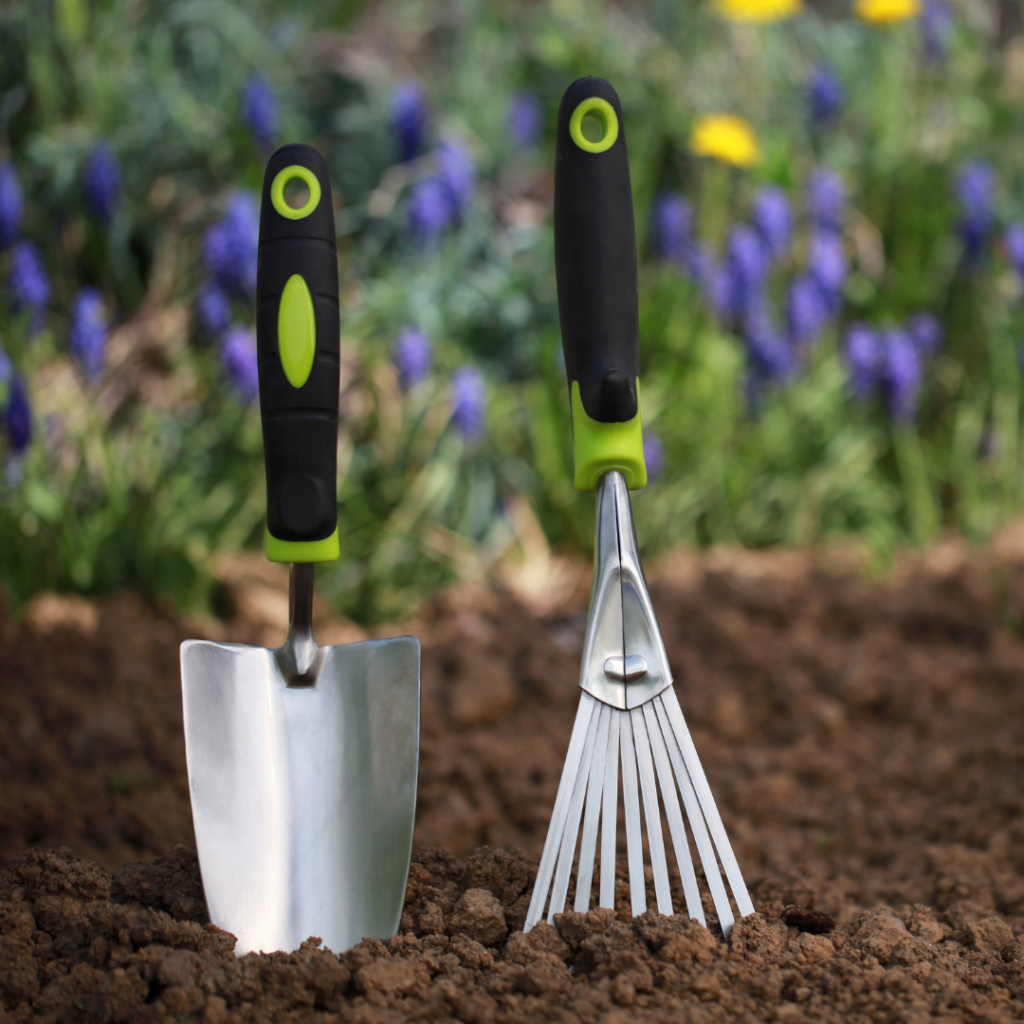When I first embarked on my gardening journey, I started with limited knowledge and an even smaller budget. In those early days, item costs were a determining factor and sometimes a deal-breaker. However, after a few cultivation trials and errors, I was quickly reminded of the old adage, “You get what you pay for.” Those lessons taught me that some corners aren’t worth cutting, and soil selection was one of those corners. Furthermore, I quickly learned that not all soils are equal. Garden soil, potting soil, and top soil are three common soil options, each with its own unique characteristics and ideal usage. Understanding their differences and learning how to choose the right soil is crucial for a successful garden experience.
The type of soil you choose can significantly impact your plant’s vitality. When I purchased my first bag of soil, I erroneously thought that I could use top soil for my potted plant. Unfortunately, a few plant causalities proved me wrong. The consistency was heavy and bulky, and it stifled my plants. While it was an expensive lesson, I eventually learned the appropriate use of each type. In this article, I will delve into the differences between the various soil types and when to use them. I have also listed a few links to brands that have worked for me in the past. Do your research and determine whether these brands or another brand will work best for you. It’s possible that you might have to try a few different ones before you find what works for you.
Before we begin the discussion, please note that this post contains Amazon affiliate links, which means that if you make a purchase through one of the product links below, I may receive a small commission at no cost to you. None of my recommendations are product endorsements, but simply examples of what worked best for me and my gardening needs.
Potting Soil:
Composition:
Potting soil, also known as container mix or potting mix, is typically made from a mixture of components such as compost, peat moss, perlite, vermiculite, and sometimes sand. It is specifically formulated for container gardening. Of the three, it is usually the most expensive.
Usages:
- Container Gardening: Potting soil is the ideal choice for potted plants, container gardens, and indoor plants. Its unique composition provides excellent drainage, aeration, and a sterile environment that minimizes the risk of soil-borne diseases.
- Customization: Under the potting soil umbrella, there are several variations. These alterations (e.g., succulent mix, indoor potting mix or moisture retention formula) are created to meet the needs of the varying plant species.
Garden Soil:
Composition:
Garden soil is nutrient-enhanced top soil. It’s usually a little heavier and denser than potting soil. It consists of an assortment of organic material, minerals, microbes, and occasionally tiny pebbles. The constitution is similar to the soil found in outdoor gardens and yards.
Usages:
- In-Ground Planting: Garden soil is best used for in-ground planting. It provides a stable foundation for plants to grow and thrive.
- Landscaping: When you are creating a large landscape project, garden soil is a great way to supplement the soil. It is also a great choice for garden beds.
- Supplement: It’s perfect for amending garden soil that is lacking in quality nutrients. By simply mixing garden soil with your existing soil, you can improve its quality.
Top Soil:
Composition:
Topsoil is the uppermost soil layer. While it might consist of a mix of organic matter, microorganisms, and other minerals, it’s usually not as nutrient dense as garden soil.
Usages:
- Leveling: Topsoil is excellent for filling in garden beds and lawns. It also helps level uneven spots in your yard and create more level terrain.
- Supplement: While it might not always be as nutrient-rich as the garden soil, it’s often used as a supplement to improve the existing soil in your lawn or garden.
- Landscaping: Top soil can also be used in landscaping to create a base layer for a garden project.
Conclusion
In conclusion, each type of soil serves a unique cultivation function. The choice between potting soil, garden soil, and topsoil should be based on your specific gardening needs. By understanding their intended purpose, you can choose the right soil and create a healthier and more vibrant garden.
